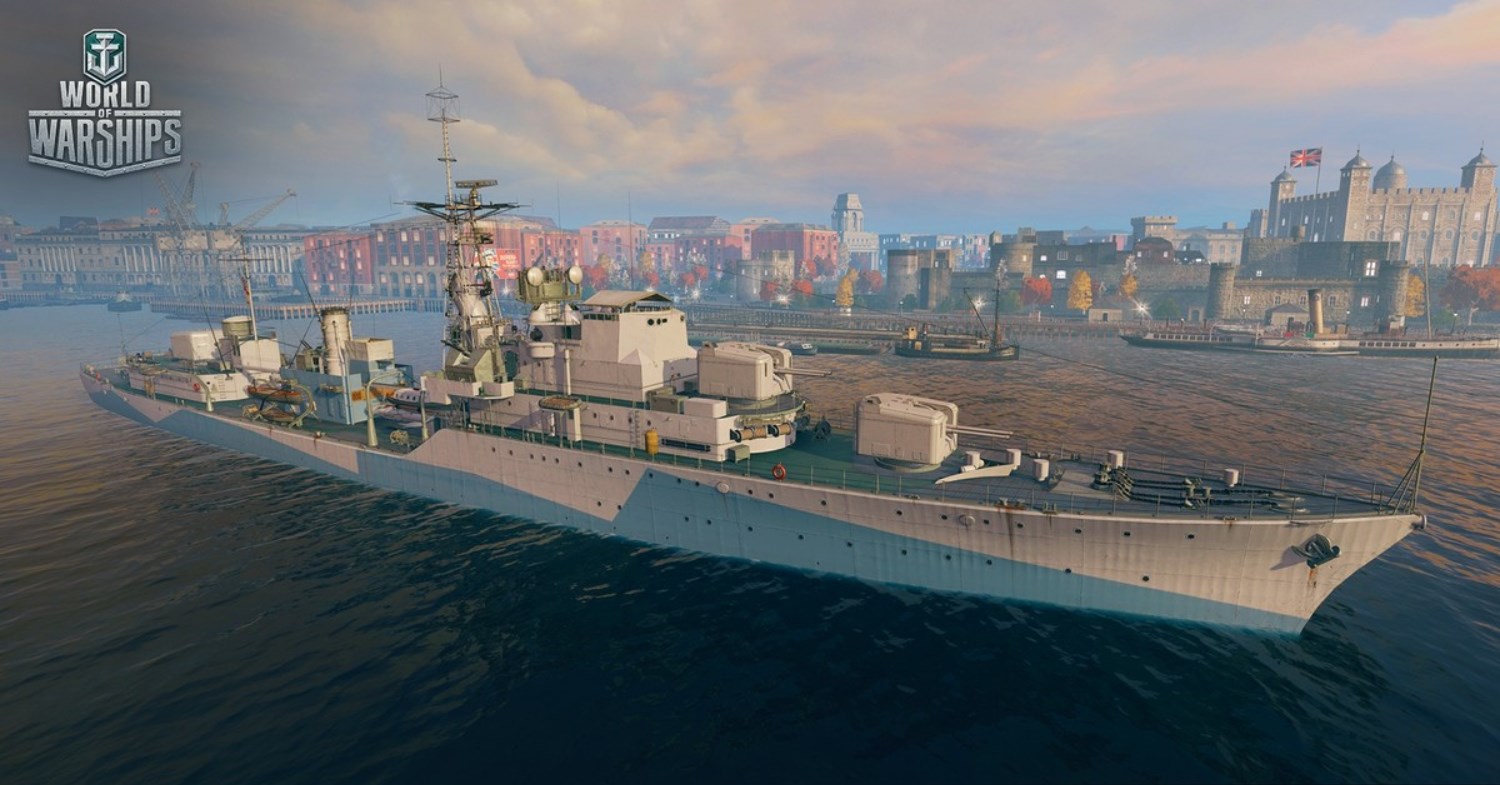

In effect, she has lived with this project for about thirty years, since almost the first records I consulted at the National Maritime Museum concerned British destroyers. The right of Norman Friedman to be identified as the author of this work hasīeen asserted in accordance with the Copyright, Designs and Patents Act 1988Ĭredit for making this book possible must go to my wife Rhea, who not only put up with it but also encouraged me to do the research and to keep going back to sources such as the Brass Foundry, the Public Record Office, and the Naval Historical Branch. Information storage and retrieval system, without prior permission in writing of both the No part of this publication may be reproduced or transmitted in anyįorm or by any means, electronic or mechanical, including photocopying, recording, or any ( This and all other uncredited photographs are from US official sources,įirst published in Great Britain in 2009 byĮmail Library Cataloguing in Publication DataĪ CIP data record for this book is available from the British LibraryĪll rights reserved. With additional drawings by Alan Ravan Seaforth Like all of Norman Friedman’s books, it reveals the rationale and not just the process of important technological developments. This book is the first detailed study of their early days, combining technical history with an appreciation of the changing role of destroyers and the tactics of their deployment. With its title shortened to destroyer, the type evolved rapidly and was soon in service in many navies, but in none was the evolution as rapid or as radical as in the Royal Navy. From these efforts came torpedo catchers, torpedo-gunboats and eventually the torpedo-boat destroyer, a type so successful that it eclipsed and then usurped the torpedo-boat itself. The Royal Navy was also quick to adopt the new weapon, but the British concentrated on developing counters to the essentially offensive tactics associated with torpedo-carrying small craft. Not surprisingly, Britain’s traditional rivals invested heavily in the new technology that promised to overthrow the naval status quo. For the first time a relatively cheap weapon had the potential to sink the largest, and costliest, exponents of sea power. In the late nineteenth century the advent of the modern torpedo woke the Royal Navy to a potent threat to its domination, not seriously challenged since Trafalgar.

A history of the early days of Royal Navy destroyers, and how they evolved to meet new military threats.


 0 kommentar(er)
0 kommentar(er)
